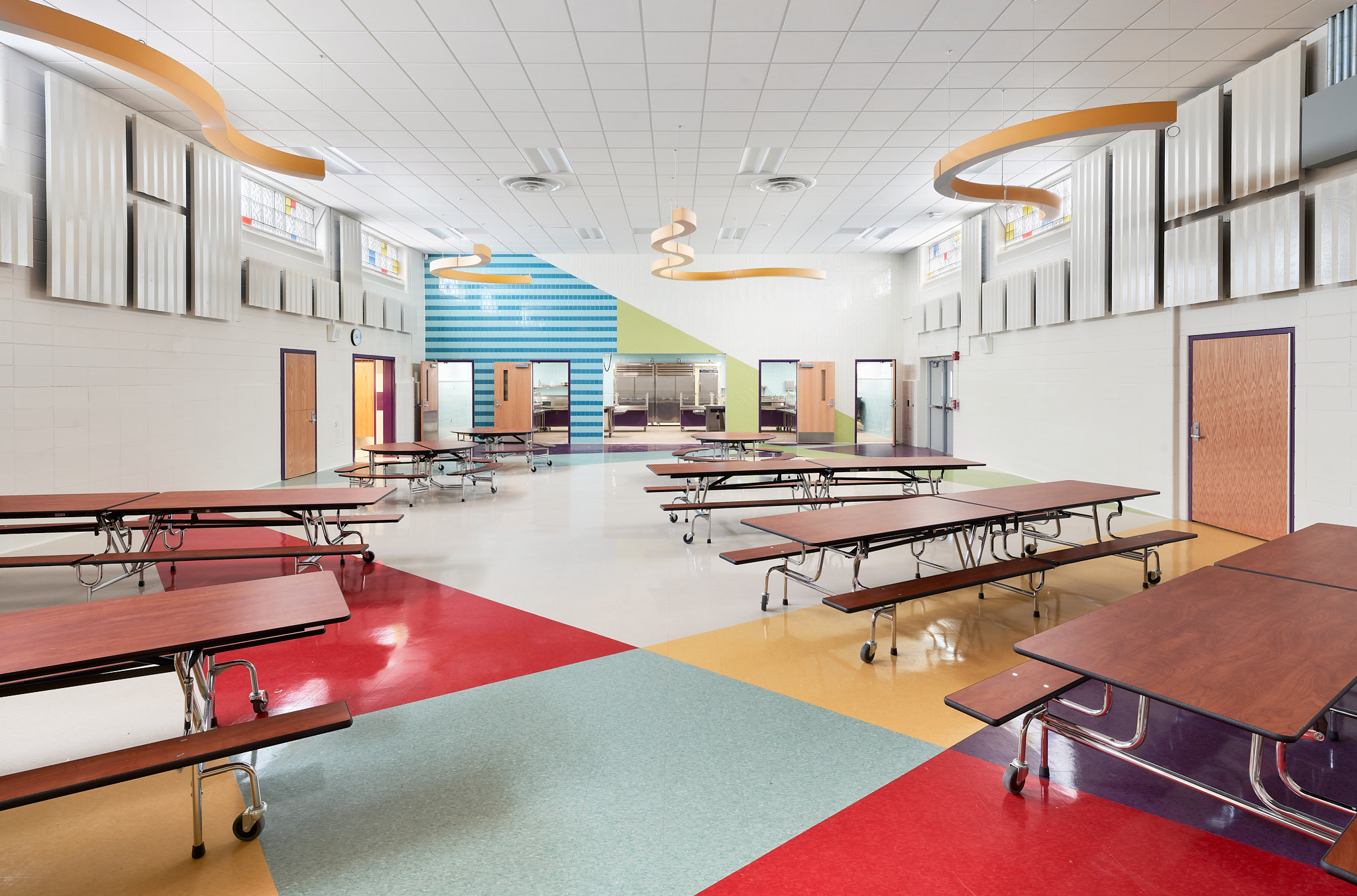Share This Story
In the age of sustainability, K-12 education infrastructure is not just a necessity, it’s a responsibility. Net-zero energy buildings have emerged as the forefront design strategy of this shift, cultivating cost savings and healthier, more conducive learning environments.
A net-zero building generates as much energy as it consumes annually, achieving a balance between energy production and consumption. It minimizes its carbon footprint by offsetting energy usage with renewable generation, resulting in a “net-zero” environmental impact.
Architects and engineers are the driving force behind the net-zero movement, using our design and energy systems expertise to seamlessly integrate sustainable considerations into K-12 buildings. Working alongside school districts, our efforts overhaul traditional structures into environmentally responsible spaces, setting the stage for a more sustainable future.
Minimizing Building Energy Usage from the Ground Up
Energy efficiency demands careful planning and close collaboration from all involved parties. At every juncture, design choices should align to achieve net-zero operation.
Some of the ways we can minimize energy consumption—without compromising occupant comfort—include:
- High Efficiency Fully Electrified HVAC Systems: Utilizing highly efficient HVAC systems that don’t rely on fossil fuels minimizes the required renewable energy source size while eliminating the production of on-site carbon emissions.
- High-Performing Building Shell: Strategically increasing insulation thickness beyond code minimums and using high-performing windows create an effective thermal barrier, reducing the dependency on heating and cooling systems.
- Thoughtful Building Orientation and Window Placement: South-facing windows maximize natural light and passive solar heat gain during colder months, while overhangs reduce the need for artificial lighting and air conditioning during warmer months.
- High-Efficiency Lighting and Lighting Controls: Effective lighting design combines indirect LED lighting with natural daylighting through light wells, high-performance glass windows and occupancy sensors to reduce energy.

As part of their commitment to energy efficiency, the Rochester City School District’s Clara Barton School No. 2 underwent significant renovations. In addition to completely replacing the building’s mechanical, electrical and plumbing (MEP) infrastructure systems, the project involved the installation of LED lighting fixtures and large windows among multiple building spaces to minimize energy usage.
Empowering Sustainability with Electricity and Renewable Energy
Transitioning educational facilities to an all-electric energy ecosystem eliminates the use of fossil fuels, such as natural gas, propane and oil, reducing the carbon footprint. The adoption of highly efficient, fully electrified HVAC systems like geothermal heat pumps and variable refrigerant volume systems further promotes sustainability.
Moreover, integrating on-site renewable sources, such as solar panels, geothermal wells and wind turbines, plays a dual role in reducing costs and carbon emissions. These renewable systems are closely monitored through a sophisticated dashboard, providing enhanced sustainability and lower energy expenses.

The Avoca Central School District improved its century-old primary building’s utility efficiency. The initiative included upgrading the building’s management system to a direct-digital control system (DDS), greatly increasing HVAC control and efficiency while reducing energy waste. CO2 sensors were also installed for automatic adjustments, resulting in a 27% reduction in district energy consumption.
Inspiring Environmental Stewardship
Net-zero design choices can turn K-12 schools into sustainability learning hubs.
These buildings become educational tools equipped with interactive displays that track real-time energy use, empowering students with a firsthand understanding of eco-conscious choices. This knowledge can extend beyond the classroom, sparking a ripple effect of sustainable practices at home and within the community.
Net-zero schools stand as beacons of environmental responsibility, and we are at the helm, forging the path toward greener educational landscapes.
Every net-zero design consideration plays a crucial role in achieving net-zero operation and reducing utility costs. School districts with the foresight to prioritize energy efficiency and prepare for renewable energy systems will reap the rewards, benefitting both themselves and future generations of students and educators who will inhabit these facilities.
